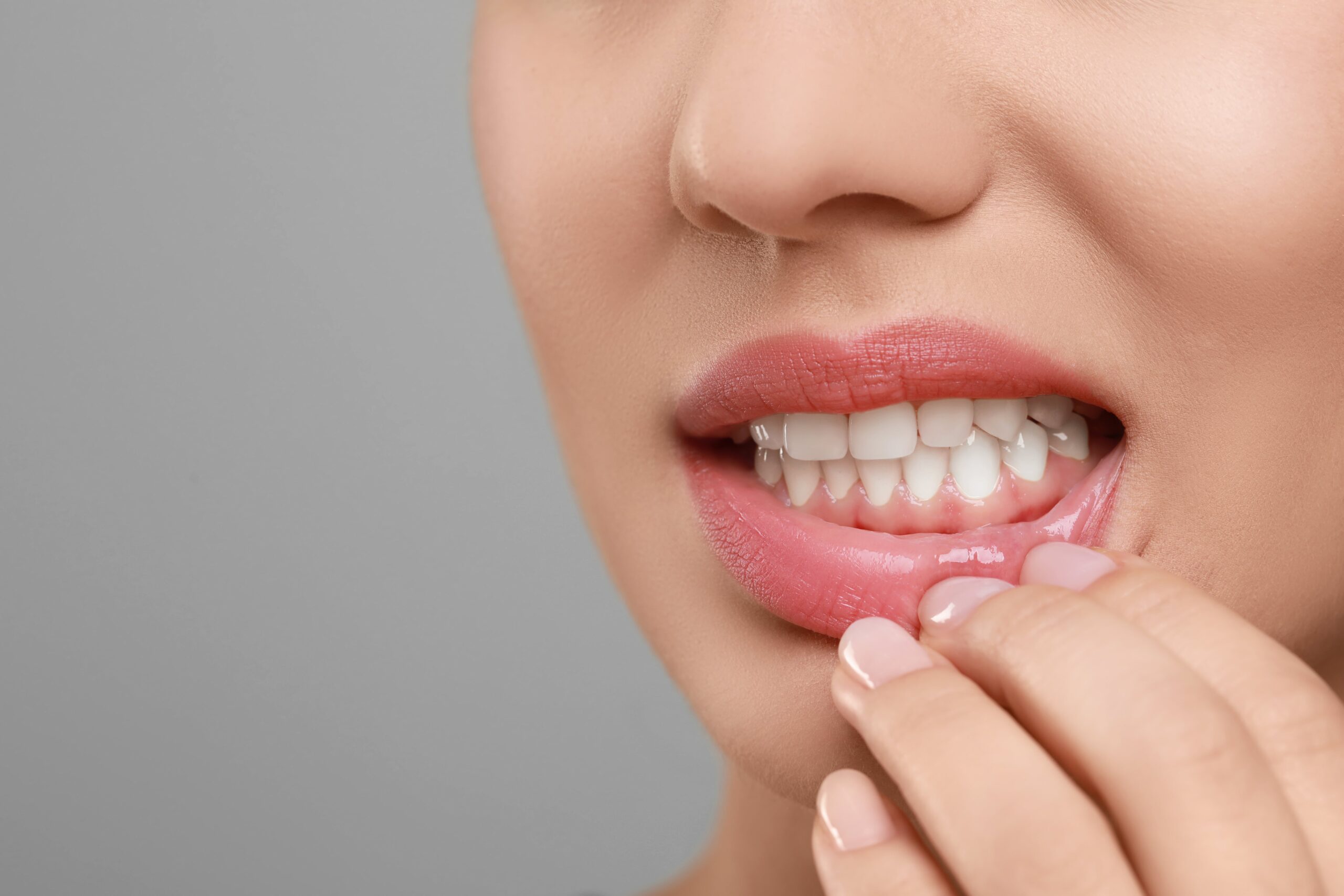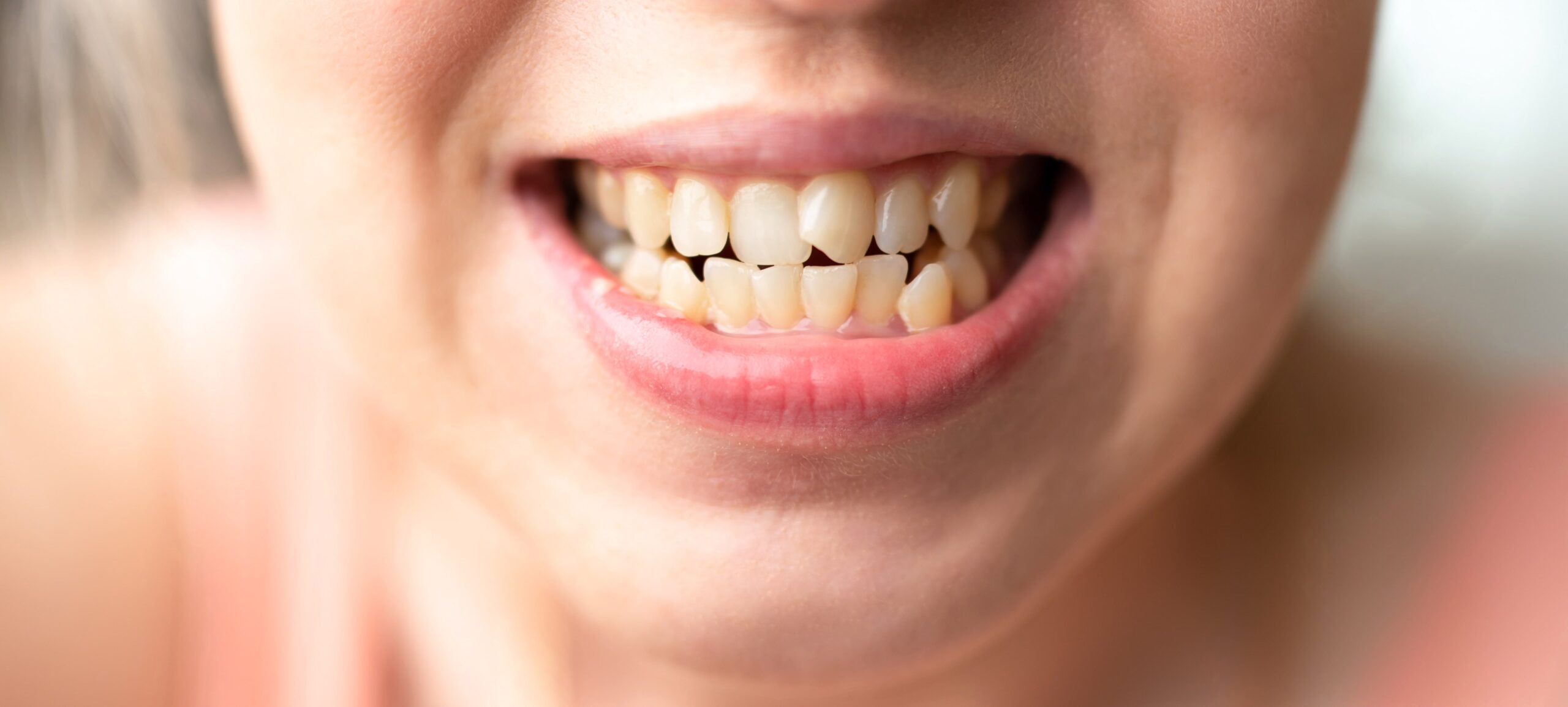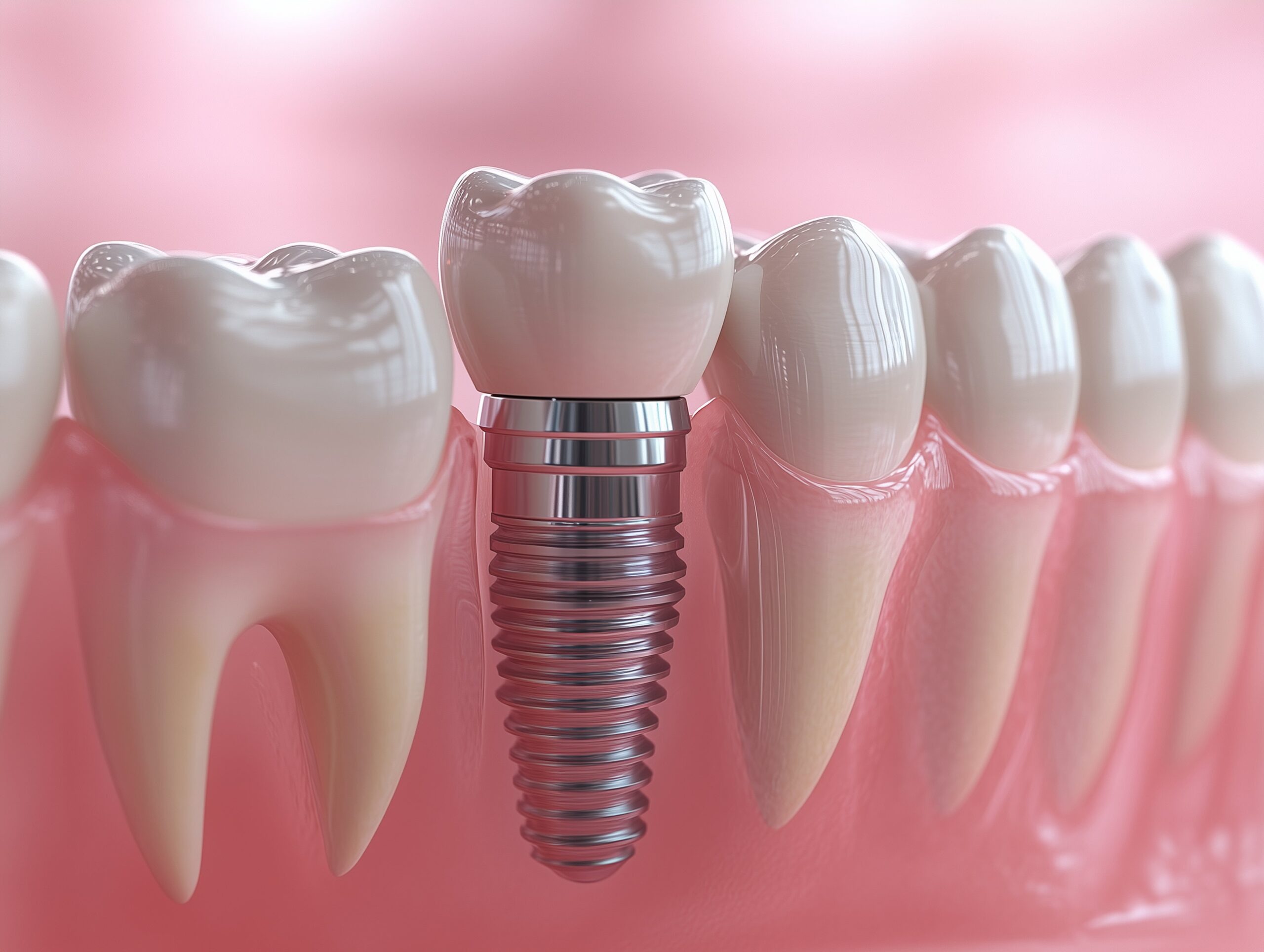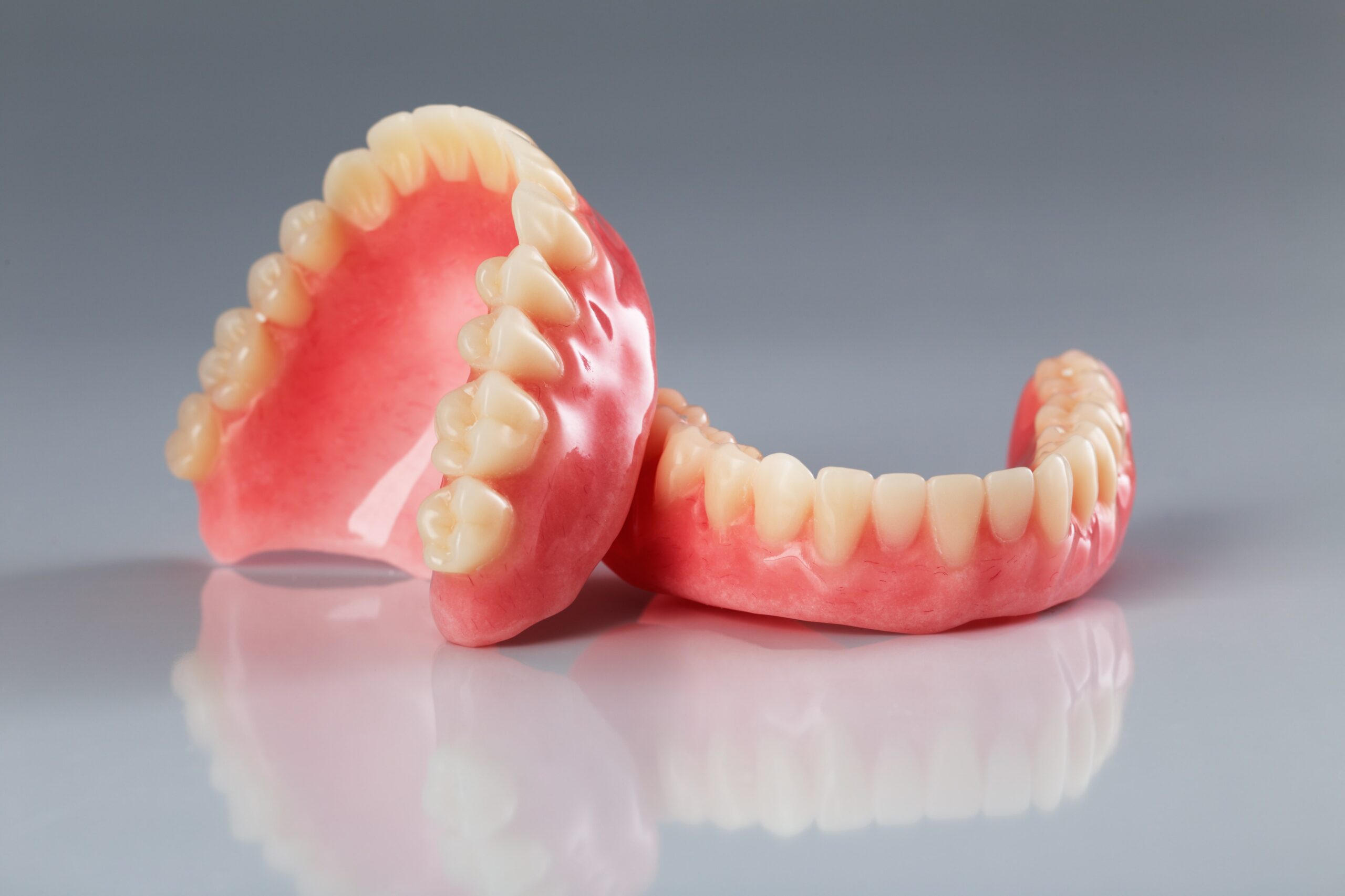Bone Grafting Treatment in Murrieta
You may be wondering, “If it’s called a fil
After tooth loss, this process starts immediately & progresses quite quickly: a year after tooth loss, a patient may have already lost up to a quarter of their bone width where the tooth used to be. The rapidity of bone loss is one the reasons it is important to have a plan to replace a lost tooth as soon as possible after loss.
Thankfully, dental implants can help prevent further bone loss because the titanium root structure reintroduces biting forces to your jawbone. However, if a good amount of bone loss has already taken place, bone grafting may be necessary in order to build up enough of a foundation for the implant to take hold.
ling, why does it involve drilling a hole?” Fillings aren’t like Band-Aids: we can’t just cover up the damage & expect it to get better. Unlike pretty much every other part of you body, teeth cannot heal themselves when they get damaged or infected. In order to restore your tooth back to the way it should be, we have to remove the decay first. That’s what we’re doing when we use the drill when applying a filling. Yes, it does make the hole caused by the decay a little bigger temporarily, but it’s better than leaving any decay that could hurt your tooth more in the long run.

What Is Bone Grafting?
Bone grafting is a surgical procedure that replaces missing bone that has been lost following the removal or loss of an adult tooth. Bone grafting usually takes place as a preliminary treatment before tooth replacement using dental implants.
While bone grafting is a fairly involved kind of oral surgery, it’s a procedure that makes it possible for more patients with a variety of dental situations to permanently replace their teeth. Not so long ago, patients who had lost significant amounts of bone due to missing teeth were told they weren’t eligible for dental implants. These patients were limited to less ideal or naturalistic solutions, such as bridges or dentures. Thankfully, dental technology & techniques have advanced so that bone grafting is a commonplace procedure that opens up a whole new world of beautiful & functional smiles to patients in need.
Procedure Overview
The details of a bone grafting procedure depend on the patient’s individual situation. Factors that determine the approach we take include where the bone grafting is taking place & how much time has passed since the missing tooth was removed. Bone grafting can occur immediately after a tooth extraction if necessary.
Think of a graft as a patch that fills in for missing material. In dental bone grafting, the materials that can be used are the patient’s own bone, donor bone from another person, animal bone, or a synthetic material. In all cases, the grafting material itself is not intended to fill the gap permanently, but to provide a foundation that encourages the patient’s own bone to re-grow into that space.
At the start of the procedure, an incision is made in the gums to expose the bone. Then, the bone surface is prepared & the transplanted material is placed. If your own bone is used, it is usually taken from another part of the jawbone, often near the back in the region of wisdom teeth. Finally, the bone graft is protected by the placement of a collagen membrane & the gums are closed back up with small sutures.
Discomfort after bone grafting is usually reported as minimal by patients. Over-the-counter anti-inflammatory painkillers, such as ibuprofen (Advil®), are usually all that’s needed to control pain during the recovery period. Depending on your health situation, we may also prescribe antibiotics as a precaution against infection. After the bone grafting procedure, we will monitor the healing & bone regeneration process. Several months may pass before the regeneration is sufficient to support an implant.
Meet Your Murrieta Dentist
Daniel B. Pulsipher, DDS – Daniel B. Pulsipher, DDS, is a graduate of the University of Loma Linda School of Dentistry. He has also received extensive training in cosmetic dentistry, rotary endodontics and removable prosthodontics (dentures). Dr. Pulsipher is a member of the American Dental Association, Academy of General Dentistry, California Dental Association, International Association for Orthodontics & the Tri-County Dental Society.
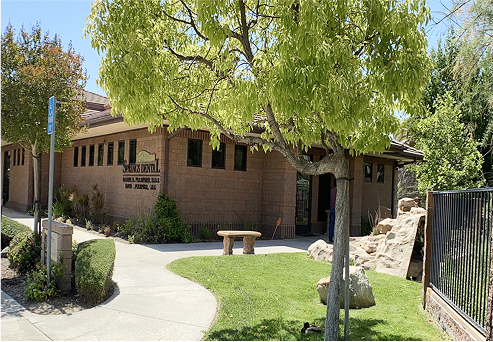





5-Star Murrieta Dental Services
We make it fun for children to visit their dentist in Murrieta.
Get relief from dental anxiety for comfortable dental procedures.
Straighten teeth with a wide-range of options from Invisalign to traditional braces.
Reshape your gum line with gum contouring to fix gummy smiles and small teeth.
Replace a missing tooth, several teeth, or an entire arch of teeth with All-on-4 dental implants.
Diagnotics and solutions for tooth and gum infections including root canals and gum disease treatment.
Visit Springs Dental
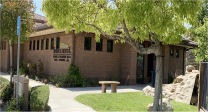
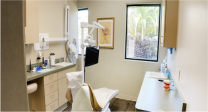

We are located in the Murrieta Springs Professional Park off Murrieta Hot Springs Road.
Hours
~ Daily lunch break 12 Noon–1pm



5-Star Google Reviews
Trustindex verifies that the original source of the review is Google. I can’t say enough great things about Springs Dental and Dr. Pulsipher! From the moment you walk in, you’re greeted with a warm, welcoming atmosphere and a team that truly cares. Dr. Pulsipher is not only incredibly skilled, but he also takes the time to explain everything and make you feel completely at ease. The entire team is professional, friendly, and genuinely dedicated to making your experience as comfortable and positive as possible. I would highly recommend anyone looking for a dentist to visit Springs Dental – you won’t be disappointed!Trustindex verifies that the original source of the review is Google. I've been a patient at Springs Dental for over 20 years. I’ve tried two other dental offices due to insurance issues, but I always come back, even when I have to pay out of pocket. Springs Dental operates with integrity, which is uncommon these days. They genuinely care about their patients rather than simply focusing on making money.Trustindex verifies that the original source of the review is Google. Great service as usual. Great staff and Dr Dan is the best!Trustindex verifies that the original source of the review is Google. Friendly staff & always with smiles to welcome their patient’s.Trustindex verifies that the original source of the review is Google. Great staff. Very thorough in all explanations of cost and procedures.Trustindex verifies that the original source of the review is Google. Great staff!!!!Trustindex verifies that the original source of the review is Google. Excellent dental care. Friendly and very competent.Trustindex verifies that the original source of the review is Google. Everyone at this dental facility treated me with so much care. I have had bad dental experiences in the past that left me terrified. I felt safe, comfortable and in capable, professional hands. This was the best dental experience I have ever had in 40 yrs! The technology in this office is like no other. They gave me a crown in a few hrs. Simply amazing! God bless Springs Dental!Trustindex verifies that the original source of the review is Google. Excellent experience!!!!
Insurance & Financing

We love your insurance and respect your budget and busy schedule. There are little to no out-of-pocket costs for most insured patients on cleanings, exams and x-rays.
0% financing is available on approved credit. While most insured families receive the majority of preventive services for FREE, we offer many different payment options, including CareCredit, so uninsured patients can still receive the dental care they need in a manner that fits their budget.
Blog Articles
A bright, confident smile is something many people dream about—and cosmetic dentistry can make that
Crooked teeth are one of the most common reasons people hesitate to smile. Even when
Dental implants have transformed modern dentistry by giving patients a permanent solution for missing teeth.
Dental emergencies can strike when you least expect them—during a meal, in the middle of
Restoring your smile with dentures can dramatically improve your quality of life, but one of
Dental emergencies can strike at any time, often without warning. Recognizing the signs that require
Frequently asked questions
What is a dental bone graft and why is it needed?
A bone graft is a procedure that adds or restores bone in the jaw, often to prepare for a dental implant. It’s needed when bone loss has occurred due to tooth loss, gum disease, trauma, or infection.
Is bone grafting painful?
The procedure is performed under local anesthesia or sedation, so you won’t feel pain during surgery. Mild discomfort or swelling afterward is common but manageable with pain medication.
What types of bone are used in grafting?
Bone grafts can come from your own body (autograft), a donor (allograft), an animal source (xenograft), or be synthetic (alloplast). Your dentist will recommend the best type based on your case.
How long does it take to heal from a bone graft?
Initial healing takes a few weeks, but full integration of the graft into your jawbone can take 3 to 6 months, depending on the size of the graft and your overall health.
Can I get a dental implant right after a bone graft?
Sometimes, yes—this is called immediate implant placement. But in many cases, the bone needs time to heal and integrate before placing the implant, usually after a few months.


